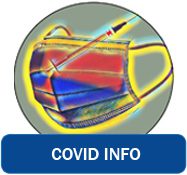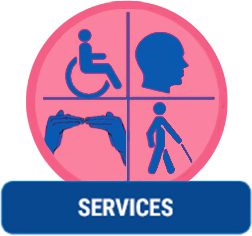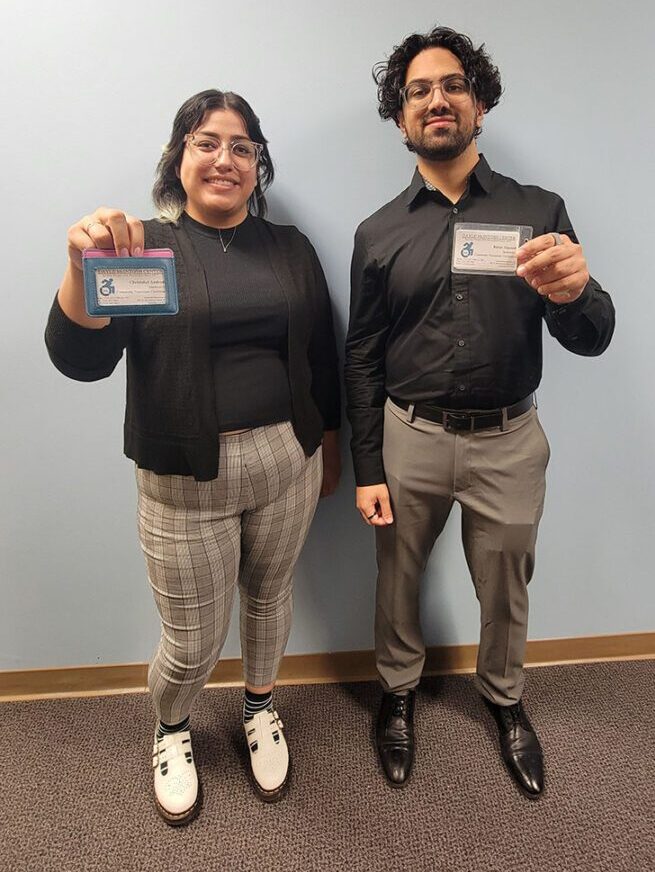
Community Transitions Program
The Dayle McIntosh Center (DMC) believes people with disabilities and older adults should have equal opportunities to lead their lives as they choose. Gaining this independence is behind the purpose of the Community Transitions program, which is to assist individuals, who are in skilled nursing facilities to move back into the community.
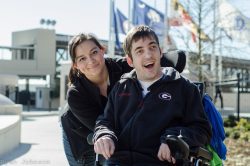
What is a Skilled Nursing facility?
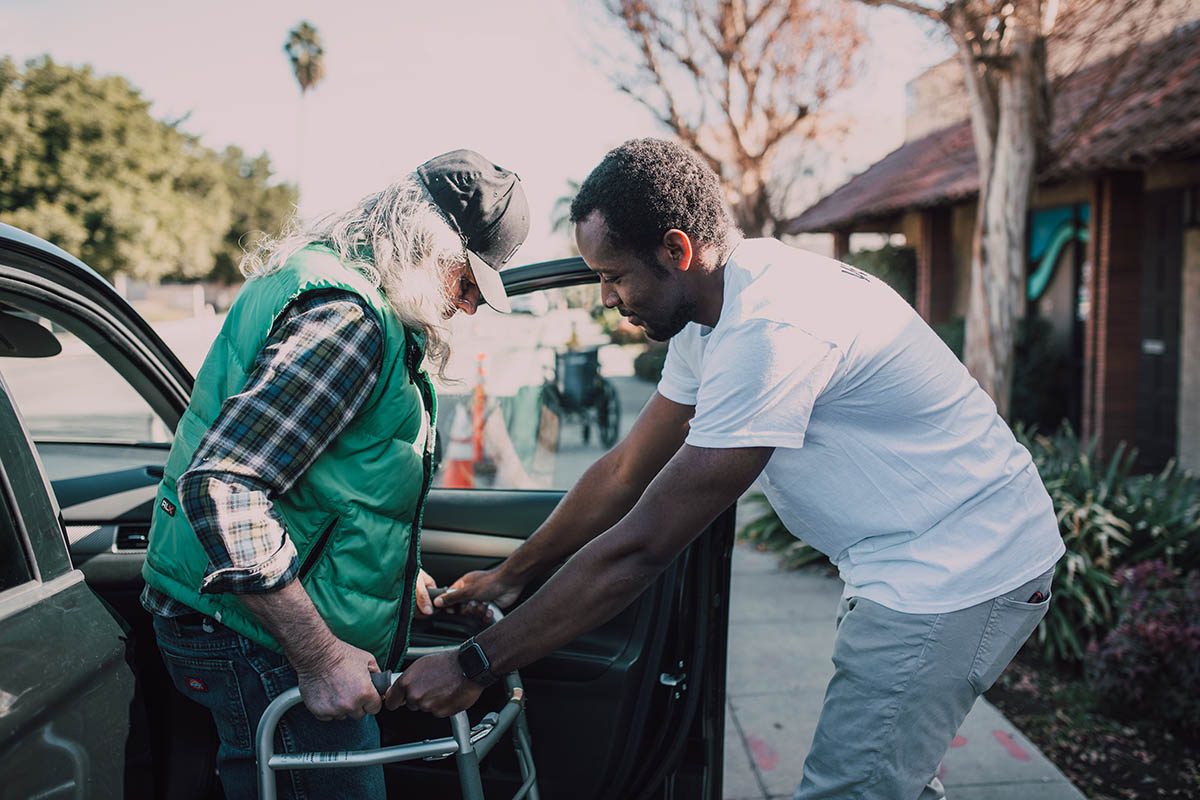
Skilled nursing facilities have different names but are defined as facilities that provide 24-hour skilled nursing care, as well as related and rehabilitative services to people that are chronically ill or recuperating from an illness or surgery and need treatment, management and observation of their condition and care by a professional.
Who can Participate in the Community Transitions Program?
Individuals who:
- have a disability
- are interested and willing to move back into the community
- have Medi-Cal
- are currently in a skilled nursing facility
- have a home to return to (with family or their own) or who qualify for the NED Voucher*
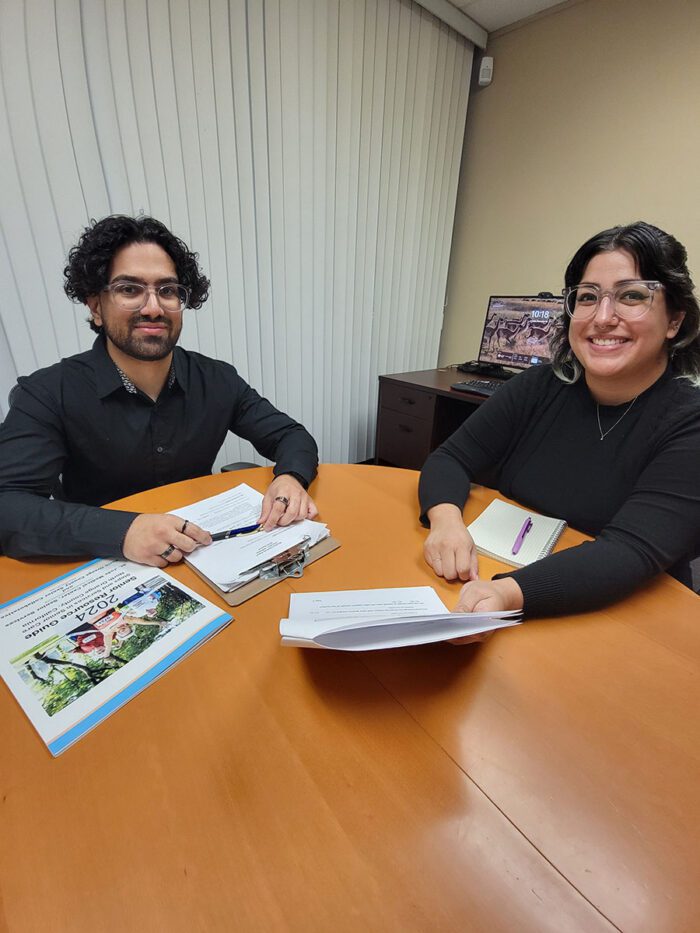
*To qualify for the NED Voucher, individuals must:
- be between the ages of 18 -61
- have a disability
- be a legal citizen
- have been residing in a skilled nursing facility for a period of at least 90 days
- have been receiving Medi-Cal for at least one day
Please note all requirements must be met to be eligible for this program.
If you meet these qualifications and would like help moving back to community living, please call 714-621-3300 or complete the (DMC Skilled Nursing Facility Referral Form (formsite.com)
Who Can Make a Referral?
- Self-referral – willing and eligible individuals who meet these requirements and need help moving back into the community.
- Social workers, discharge planners, healthcare personnel, and family members may also refer individuals for transitioning services.
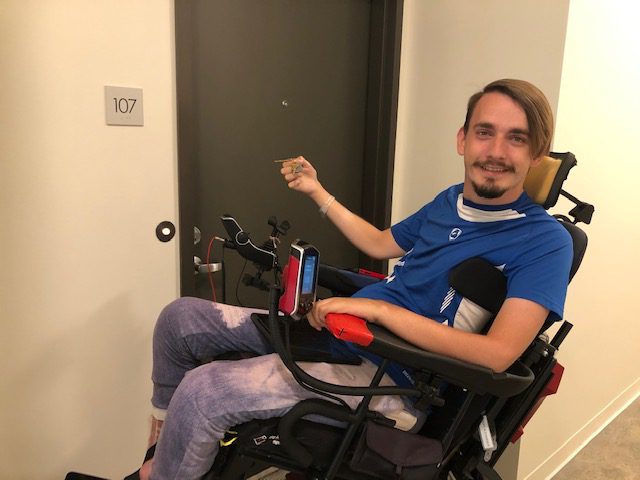
What is the Process for the Community Transitions Program?
- Intake Process: A Community Transitions Coordinator will work with participant and their care team to complete a medical, functional, and cognitive assessment to determine if a safe and sustainable transition is possible.
- Transition Care Plan: After it has been established that a safe and sustainable transition is possible, the Community Transitions Coordinator and the participant can work on a plan for a safe and successful transition by coordinating services which could include:
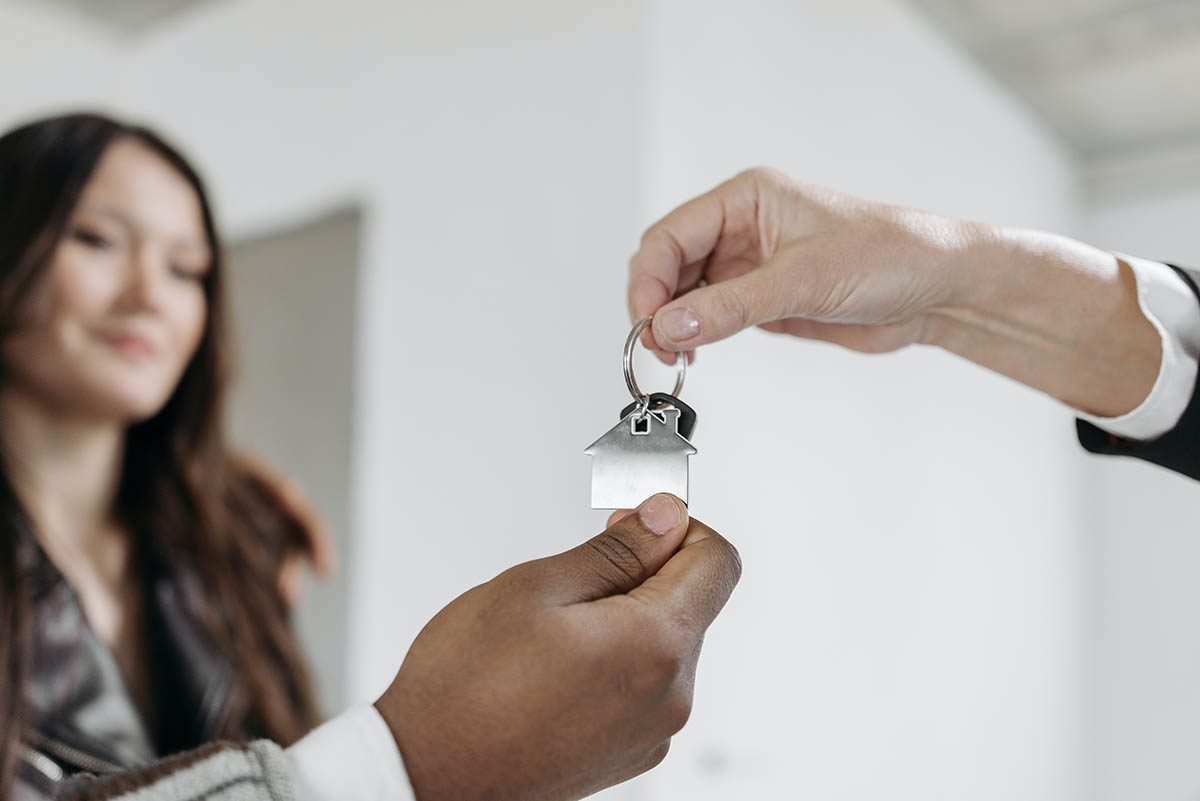
- Finding adequate housing: Adequate housing can mean your own home/apartment or a family member’s home. If no current housing is available, persons who are 18 – 61 might be eligible for a voucher for rent subsidy through the Orange County Housing Authority (NED Voucher). Although income is not required to qualify for the NED voucher or to qualify for the Community Transitions Program, specific housing entities will require income proof to ensure that housing will be sustained.
If needed, the Coordinator will assist in finding financial assistance to cover deposits and moving expenses, purchase household items and coordinate home modification services.
- Identifying and Providing Supportive Services: The Transitions Coordinator will help identify and provide supportive services needed such as skilled nursing care, in home supportive services, reestablish benefits, acquiring groceries, medication, obtaining assistive technology devices and durable medical equipment etc.
- Providing post Transition Support: After transition is accomplished, Dayle McIntosh Center will continue to offer services and support for relocated consumers. If problems arise, the transition team helps to restore stability. Follow up contact is usually maintained with transitioned consumers for 90 days

A DMC consumer success story means creating a pathway through transition in the various stages of what that looks like from hospital, back into the community and returning to a place of independence. While transition may look different for every individual, the end result is about assisting through the difficult process to where the individual well-being is considered at every turn. The above photos are from our consumer’s experience. Read his story below.
PROGRAM SUCCESS STORY
61 year-old consumer who had been in a hospital for 2 years with complications from long- term COVID heard about the Dayle McIntosh center and the Community Transitions program from another patient in hospital who was a current DMC consumer. He wanted to move back into the community but didn’t know how to coordinate his transition. DMC was able to assist him through every step of the way and although there were many setbacks, he was finally able to move back into his own place. He is very happy in his own place and feels like himself again.
TESTIMONIAL:
‘I cannot thank DMC and the Community Transitions team enough. I am very happy. I live comfortably and I would have never gotten here if it wasn’t for DMC and Shannon. Shannon is a fighter, once she set her mind on something, she doesn’t stop till she attains it.’ – Jose S.



